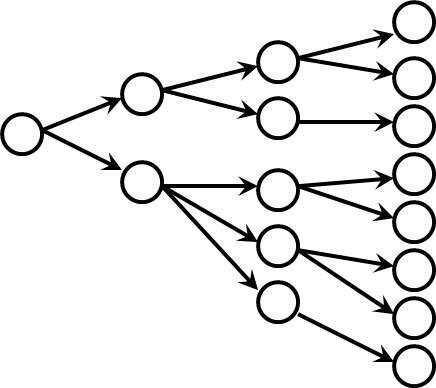Agency
The term interaction is a bit fraught and overused, everything that runs on computers is interactive.
Media theorist Janet Murray popularized the idea of agency, which is a bit more specific and useful for our work.
Agency: the satisfying power to take meaningful action and see the results of our decisions and choices
Murray sees immersion and agency as central elements for the enjoyment of games.
Every expressive medium has its own unique patterns of desire; its own way of giving pleasure, of creating beauty, of capturing what we feel to be true about life; its own aesthetic.
Janet Murray – Hamlet on the Holodeck 1997
The issue of agency will come up frequently while discussing story-based and art/arty games.
Can there be a game without agency?
Let’s examine 3 extreme cases: The Graveyard by Tale of Tales, a Call of Duty “pacifist speedrun”, and Progress Quest.
Meaningful play / meaningful choices
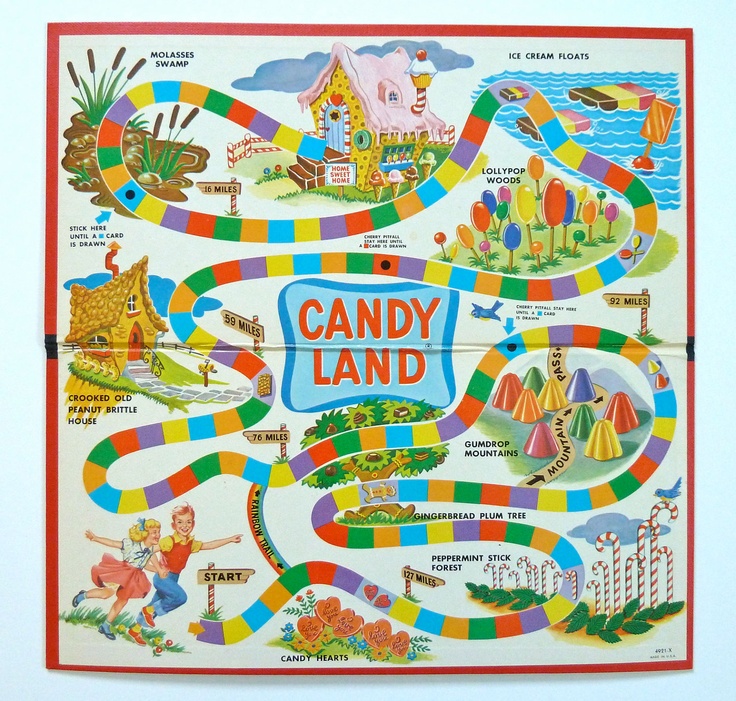
In Rules of Play, Katie Salen and Eric Zimmerman provide two definitions of meaningful play (the goal of game design):
Meaningful play in a game emerges from the relationship between player action and system outcome; it is the process by which a player takes action within the designed system of a game and the system responds to the action. The meaning of an action in a game resides in the relationship between action and outcome
Meaningful play is what occurs when the relationships between actions and outcomes in a game are both discernible and integrated into the larger context of the game
Candyland, battleship, bingo lack actual choices. Tic-tac-toe stops being meaningful to an “expert” player.
When choices are not discernible and integrated the game may break or stop making sense to the player. Did my choice had an effect? Was that event random or was it my fault?
Any video game examples?
But also: did I have several interesting choices or there was always a no-brainer choice? Lost Cities (discarding), Zooloretto (pushing the luck, affecting the players).

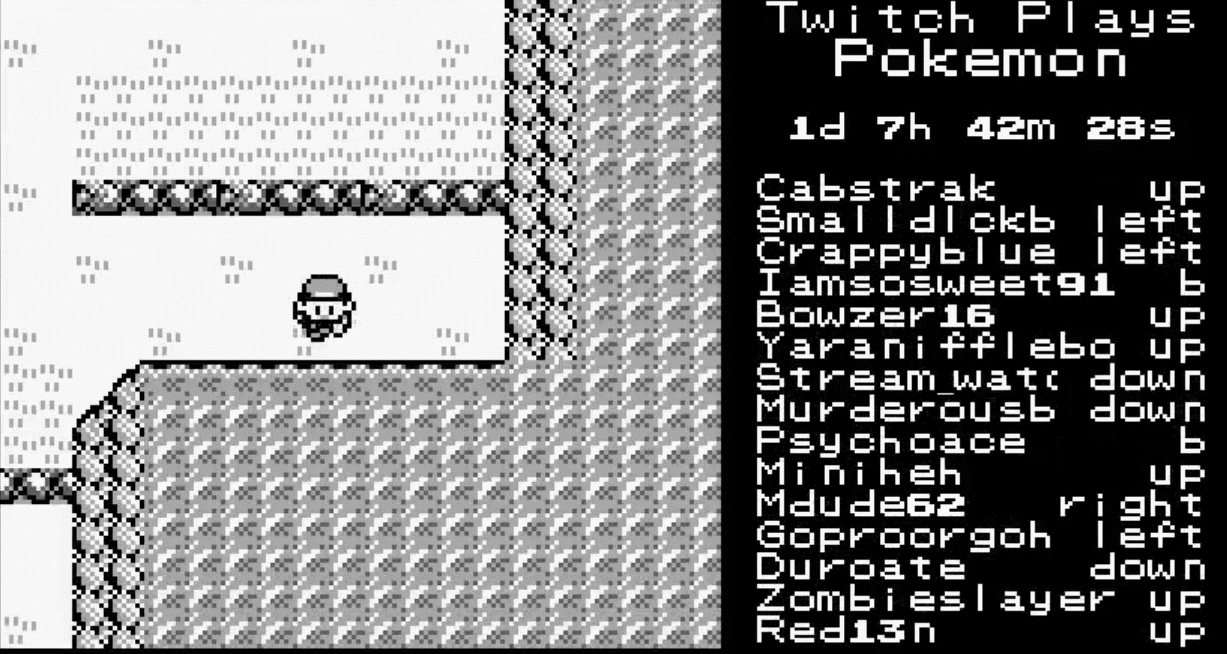

Play a taxonomy of narrative choices ~5 min
What are some of the choices the player needs to make your game? List them.
What kind of choices are they?
Narrative Design
The role of a narrative designer is different from that of a game writer. The narrative designer creates the narrative structure of a game which generally presents the story in a non-linear, interactive, way, in concert with other game mechanics.
“Narrative Designers work with Story so that Play has Meaning” – edwin mccrae
(perhaps a formulation that applies more to AAA action games in which the story supports and justifies the combat elements)
Non linear and interactive stories predate games but this role emerged only recently the field of videogames.
We will prototype our narrative structure as a kind of branching story (as in a CYOA / hypertext game) and the first issue you’ll encounter is that agency tends to get out of control:
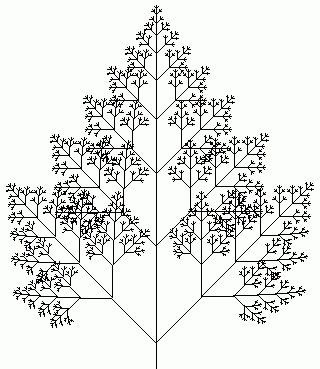
The problem with pure branching stories: they become exponentially complex.

The most common solution is to limit the branching structure.
Or to add a lot of dead ends:
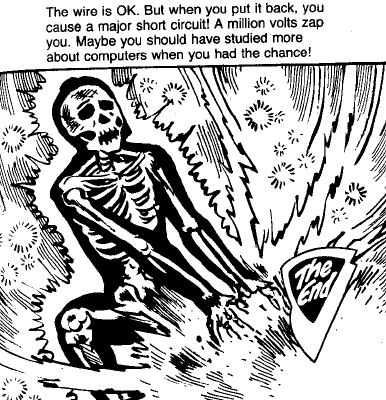
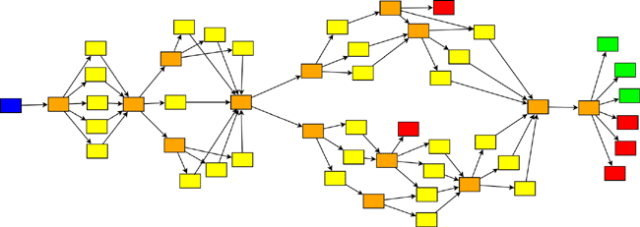
But there are many recurrent patterns – Read Standard Patterns in Choice-Based Games
Storylets
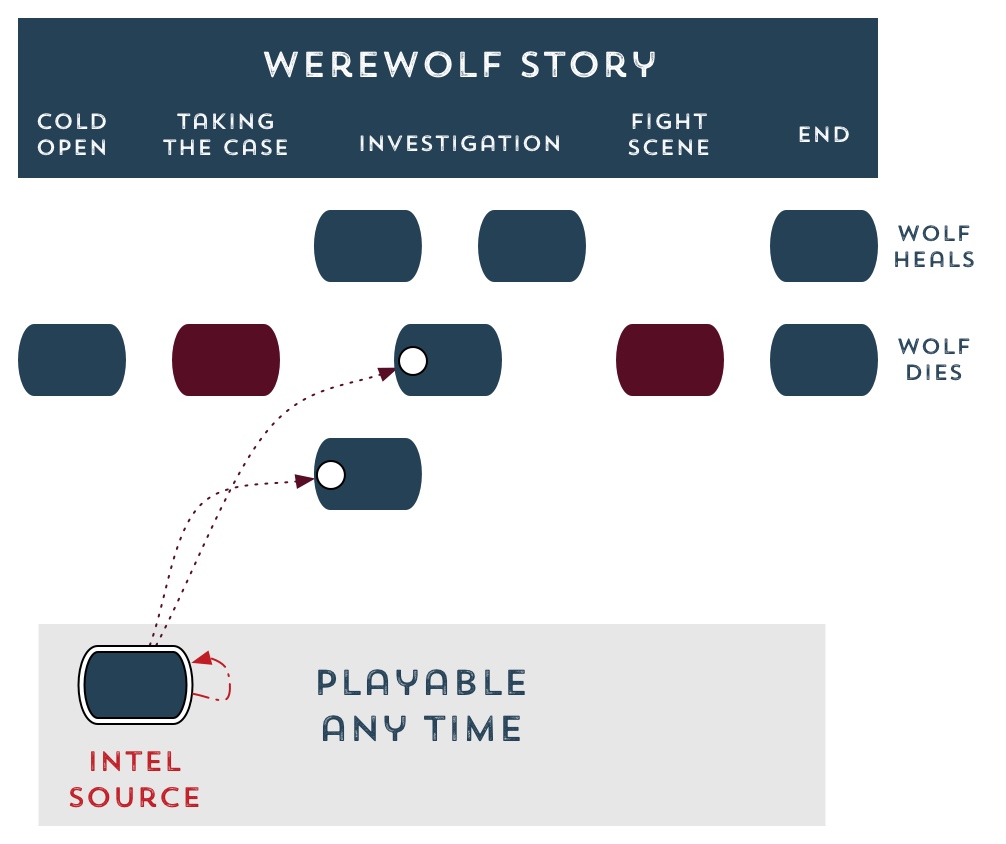
Branching stories are used in many text and non text games but they can be too rigid if you want to provide more granularity, dynamism and integration with other game systems.
This is why some narrative designers today prefer to conceptualize their structures through smaller, looser narrative units called storylets which can be basically triggered by scripting rather than direct player choices.
- there is a piece of content. It might be a line or a whole section of dialogue, it might be narration, it might be an animation or scrap of film
- there are prerequisites that determine when the content can play
- there are effects on the world state that result after the content has played
From Emily Short’s – Storylets: You Want Them
Links to other in-depth articles at the bottom
Puzzle Dependency Graph
Some of your project may have puzzle elements and require to do certain things in order.
You want to sketch a dependency chart (or graph) separately.
Puzzle Dependency Chart by Ron Gilbert

Narrative Design Brainstorm
Today you’ll start sketching out the narrative structure of your project.
We are not writing yet, the “narrative” can be wordless and action-based.
The narrative can be intertwined with the game space and form a basis for the level design.
The narrative can be intertwined with puzzles and follow the dependency chart.
Designate a note taker, by the end of the session you have to post a summary of your discussion.
For a moment, forget everything you already established about your game, take a step back.
What are the themes in your game?
eg. Finding Nemo
What other themes can the scenario explore?
What are the main conflicts in your story (if any)?
Identify the non linear opportunities in your subject (exploration, choices, puzzle, flow of consciousness…).
Is there a common pattern among the ones we’ve seen that may work for you?
What kind of agency does the player have? List the choices again.
Do they support the themes and the design pillars?
Multiple endings? Multiple beginnings?
Linear or non linear time? (are there jumps in time)
Linear or non linear space? (are there jumps in space)
Does it fit into a genre, and if so how to do something new with it?
What’s the relation between the story and the visual component? Can any part of it be told by “showing”?

